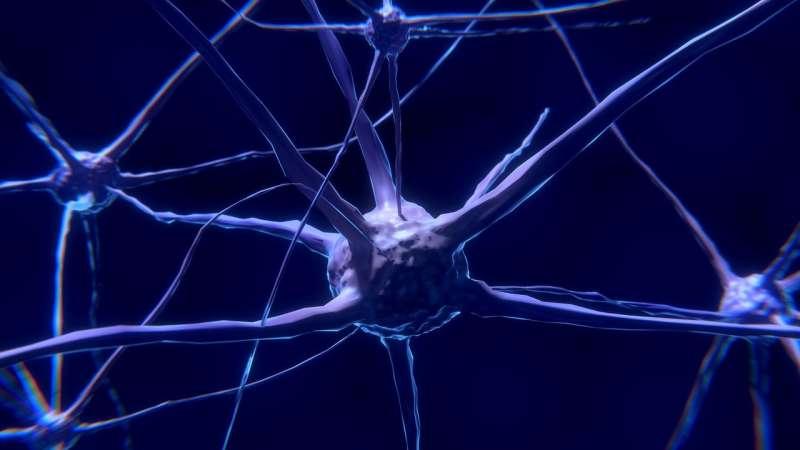January 19, 2021 report
Low-frequency electrical stimulation to orbitofrontal cortex used to treat obsessive-compulsive behaviors

A team of researchers at Boston University has found that applying low-frequency electrical stimulation to the orbitofrontal cortex of obsessive-compulsive behavior patients proved to be effective in reducing such behaviors for up to three months. In their paper published in the journal Nature Medicine, the group describes osing the noninvasive technique to test its efficacy on 124 patient volunteers.
Obsessive-compulsive behaviors include a wide assortment of activities, including acting out with addictions to food or gambling, and other behaviors associated with obsessive-compulsive disorders—such as when people try to over-control their environment. The researchers claim that nearly 1 billion people suffer from one or more kinds of obsessive-compulsive behavior and note that despite much research, there are still very few options available for treating people with these conditions.
Prior research has suggested that such behaviors are likely linked to excessive habit learning that results from rewards as part of reinforcement learning. It has also been suggested that such learning reinforcement takes place mostly in the orbitofrontal cortex part of the brain. In this new effort, the researchers wondered if stimulating that part of the brain with low-frequency electricity personalized to the same frequency as the brain's reward network might reduce such activity, resulting in a reduction in obsessive-compulsive behaviors.
To find out, the researchers applied low-frequency electrical stimulation to the orbitofrontal cortices of 124 volunteer patients every day for five days. They then monitored the patients, looking for changes in behaviors for several months.
The researchers found that the electrical stimulation therapy led to a reduction in obsessive-compulsive behaviors for up to three months. They noted that the largest benefits were seen in those patients with the worst symptoms. They suggest that low-frequency electrical stimulation might be used to treat people with obsessive-compulsive behaviors. They also note that their findings add more credence to theories that suggest convergent mechanisms are related to learning rewards, and that similar therapies might be used for other related ailments.
More information: Shrey Grover et al. High-frequency neuromodulation improves obsessive–compulsive behavior, Nature Medicine (2021). DOI: 10.1038/s41591-020-01173-w
© 2021 Science X Network



















